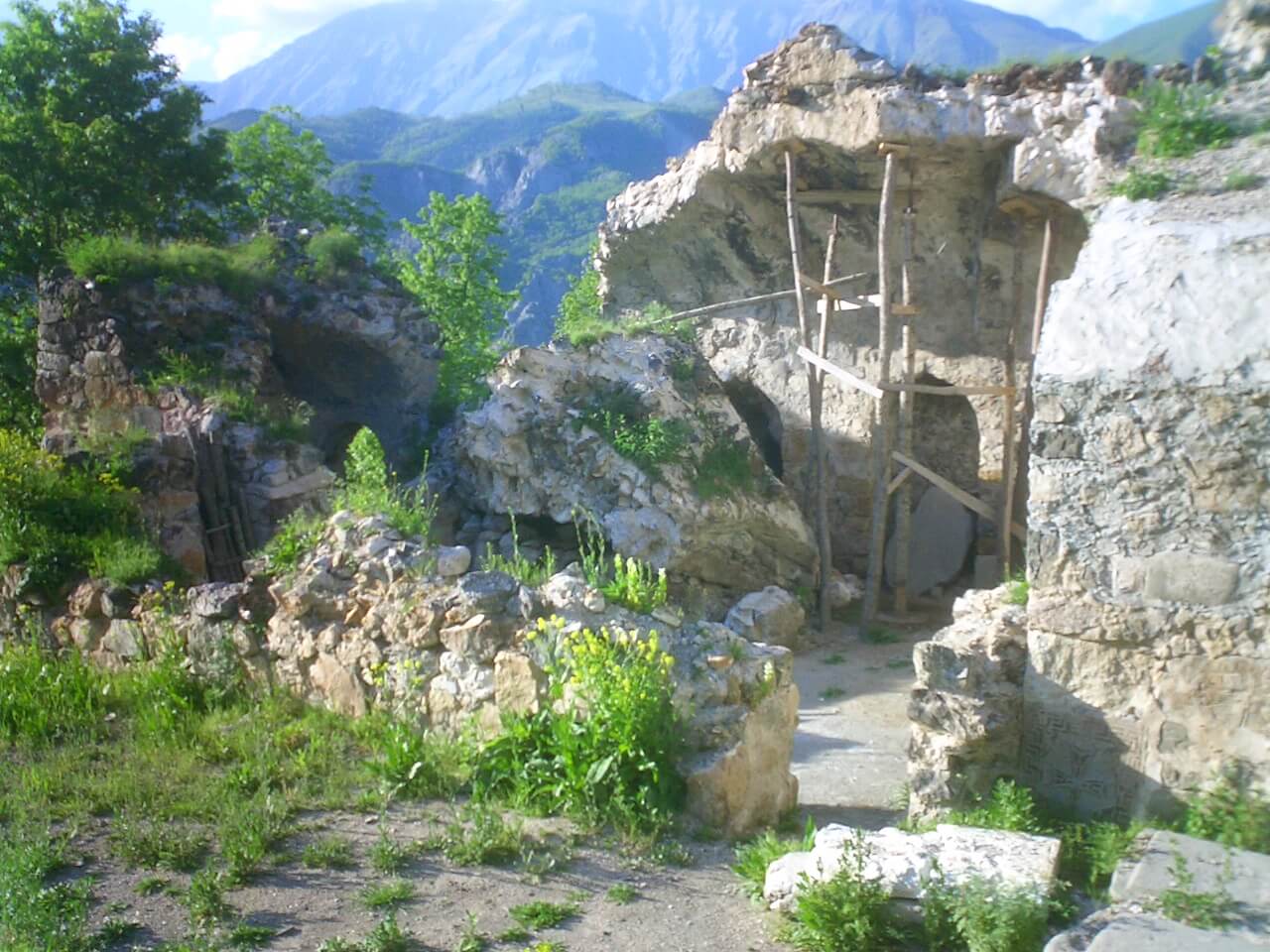Armenia is a small European country that has a rich and winding history. It is full of community, culture, and a sense of spirituality that simply cannot be replicated in modern day.
As one of the earliest Christian civilisations on the planet, Armenia is full to the brim with ancestral riches that please the eye and boggle the mind. In fact, some Armenian churches were established as early as 400 AD, and were soon followed by some of the most beautiful religious sites in the world.
However, amongst this beauty was also catastrophe.
As a small country with Turkey to its west, Georgia to its north, and Azerbaijan to its east, Armenia has faced invasion from countless members of the European union, as well as Soviet Russia for a large part of its history.
And even now, in modern day, its history is again facing a unique form of genocide.
After finally gaining independence from the Soviet Union in 1991, Armenia was drawn into a bloody civil war with Azerbaijan. An attempt to destroy its amazing Christian history has ensued, and many of its amazing historical sites are in dire risk of destruction.
What is Handaberd?
Handaberd (also known as “Lekh Castle”) is a 9th century fortress located in the Kalbajar District of Azerbaijan, a short walk from the pristine village of Knaravan.
Making the trek from Knaravan, the fortress can only be accessed by foot – and at first glance, it appears impregnable.
Sitting at the peak of a steep wooded hill, and surrounded by deep canyons on three sides, Handaberd makes a lasting impression. The only way up to the fortress follows along the south-west wall of the structure, before winding its way to a single gate on the northern face.
With walls measuring eight meters high, and with most of it perched on top of an impregnable rock, it impresses all who visit with a sense of magnificence.
As far as fortresses are concerned, Handaberd is in a league of its own not only in the province of Tsar, but throughout Eastern Armenia in its entirety. Located on the right bank of the Lev River, the fortress sits a whopping 280 metres above the riverbank. With giant forged gates, eight guard towers, and vast rock pools for collecting rainwater, it truly is a sight to behold.
And if you direct your gaze to the right bank of the Lev River, you will see what is left of the Handaberd Monastery complex – an array of different buildings, including chapels, belfries, cemeteries, and even a necropolis.
You practically ense the history seeping out of the stone.
The History of Handaberd
Handaberd was first mentioned in historical texts by the 10th century Armenian historian “Movses Kaghankatvatsi” – an archaeologist who wrote one of the first books on the History of the Country of Armenia.
In this text he states that the fortress was built by Prince Atrnerseh of Khachen halfway through the 9th century. A member of the Siunia dynasty, Prince Atrnerseh was believed to rule over half of Armenia at a single point in time.
The Handaberd fortress served as Atrnerseh’s residence – and was often a place of penance and repercussion, where many prisoners were sentenced to death.
After Prince Atrnerseh death, there are few records of the fortress before it made its way to the prince of upper Khachen “Hasan I Vakhtangyan” in 1142. He maintained the fortress as a residence, and the adjoining monastery as a place of community, until his death in 1182.
Handaberd remained much unchanged for a further 70 years, before undergoing a large redevelopment in 1250. It was during this time the fortress was expanded into the unbreakable stone structure we know of today.
While the reason for this large construction project remains somewhat unclear, it is believed that it was done to offer the people of the area a haven during invasion from neighbouring countries – an occurrence that was becoming all too regular to the Armenian locals.
Handaberd Today
In modern day, little remains of the once towering fortress.
The strong gates stand stoically in isolation, with the walls around them crumbling. There are stray stone structures jutting out of the earth, providing your imagination with a hint of what once was – and a sense of sadness as to why it no longer remains.
While Armenia was under the reign of the Soviet Union, Azerbaijanis from across the border developed a road that tracks right through the middle of the monastery complex. In doing so, they destroyed many of the buildings within the Monastery, as well as much of the cemetery.
Gravestones were displaced and rolled into a nearby valley, and many large structures were simply smashed with heavy iron tools.
And it is not over yet.
Handaberd: A cry for help
Once again, the Armenian people and their rich history, are facing destruction.
They are currently entering the “care” of the Republic of Azerbaijan. A country that intends to wipe out Armenian culture through brute force and the selective destruction of many of its historical sites.
It is highly likely that what remains of both the Handaberd fortress and monastery will be wiped out for good.
While we hope Armenia will continue to surprise us with its strength and stoicism in face of doom and destruction, we do not want it to have to go alone.
To survive – and rebuild – Handaberd needs the faith and help of the world.
It needs your help, and your faith.
